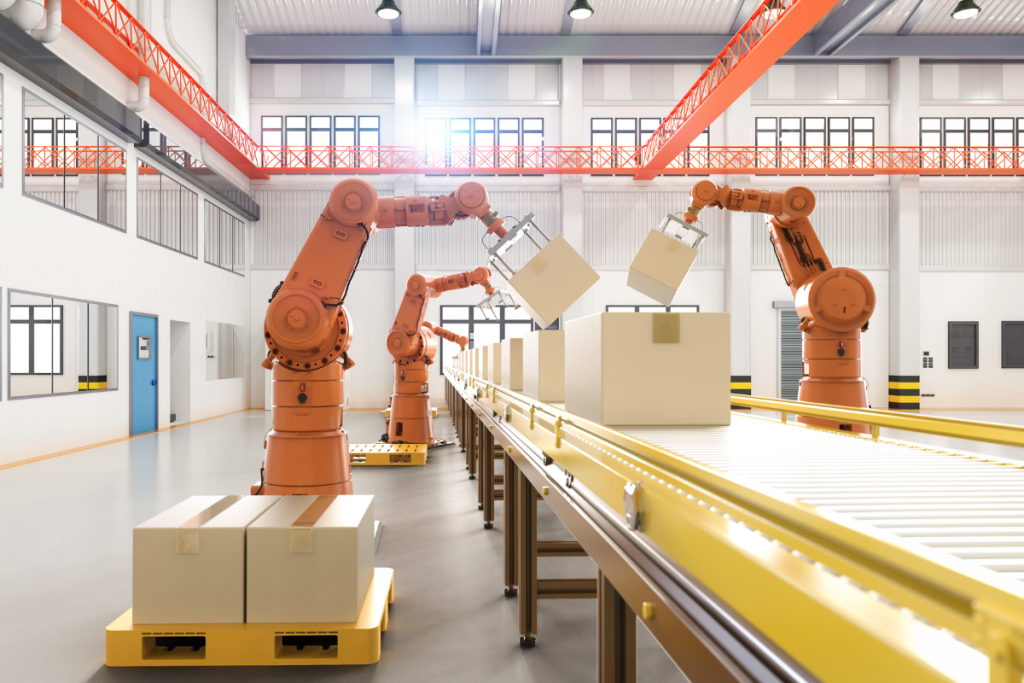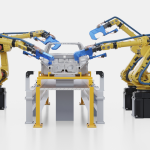Amazon has launched “Vulcan,” a next-generation warehouse robot that uses tactile sensing and machine learning to pick and stow products with precision in crowded storage compartments. Capable of handling 75% of the typical fulfillment center inventory, Vulcan is built to assist, rather than replace, human workers, while making high-reach, repetitive tasks safer and more efficient. Its phased rollout across U.S. and European warehouses reflects Amazon’s long-term commitment to hybrid automation.
Tactile Precision Meets Fulfillment Speed
Vulcan isn’t just another robotic picker, it’s Amazon’s answer to a longstanding operational challenge – how to safely and efficiently retrieve and store items from dense, high-stacked inventory pods. Unlike earlier systems that relied solely on vision and suction, Vulcan adds a sense of touch to the mix. The robot’s force feedback sensors let it gauge object contours, adjust grip strength on the fly, and make fine spatial adjustments in real time.
Mounted from the ceiling with an articulated L-shaped arm, Vulcan deftly navigates small compartments, nudging items aside to create space and sliding others into place using a built-in conveyor. Its picker arm combines suction, visual confirmation, and item-specific handling logic to avoid displacing nearby products, a frequent risk in crowded bins.
Currently operational in Spokane, Washington, and under test in Hamburg, Vulcan is tailored for the 8-foot-high storage zones that usually require employees to use ladders or bend low to retrieve goods. These tasks, though essential, introduce time inefficiencies and physical strain—areas Vulcan is designed to mitigate without disrupting throughput targets.
Automation Without Alienation
Despite its advanced capabilities, Vulcan is not intended to replace warehouse staff. Instead, Amazon is doubling down on its human-robot collaboration model. The robot is expected to eliminate the most ergonomically taxing parts of the job, freeing up workers to take on newly created technical roles—from system monitoring to maintenance and troubleshooting.
Since 2019, Amazon has invested $1.2 billion in upskilling its workforce, signaling a long-term strategy to blend robotics with labor evolution, not labor elimination. The company’s broader robotics fleet, now over 750,000 units, already completes tasks in tandem with people, covering 75% of customer orders while keeping the fulfillment floor staffed.
This strategic restraint around full automation is deliberate. “We don’t believe in lights-out fulfillment,” said Aaron Parness, Amazon’s director of applied science, at the robot’s debut in Germany. “We build systems where people and machines work better together.”
From Technical Showcase to Targeted Supply Chain Solution
Vulcan illustrates a steady progression in the industrial robotics field, one that favors practical integration over spectacle. The emphasis on tactile sensing, ergonomic benefits, and hybrid workflows reflects a more grounded approach to automation, where technology addresses specific operational constraints rather than chasing full autonomy.
For supply chain leaders, the significance lies in how these capabilities are deployed. Vulcan’s design responds directly to warehouse realities – tight bin storage, repetitive strain risks, and the inefficiencies of vertical reach. The broader challenge will be ensuring that such advancements are matched by equally thoughtful investments in process design, workforce enablement, and system-level adaptability.





